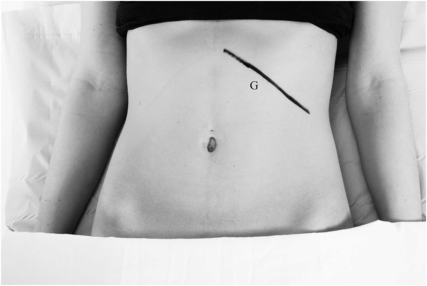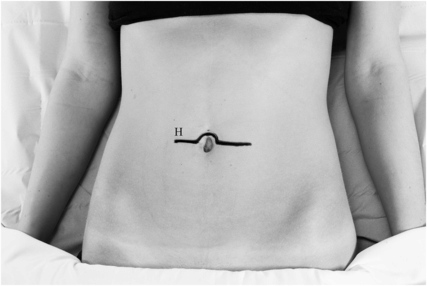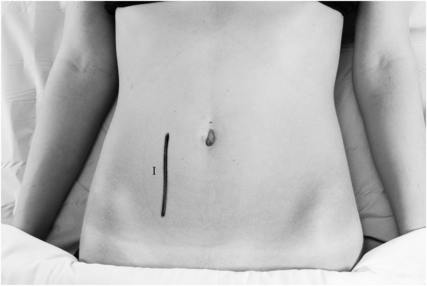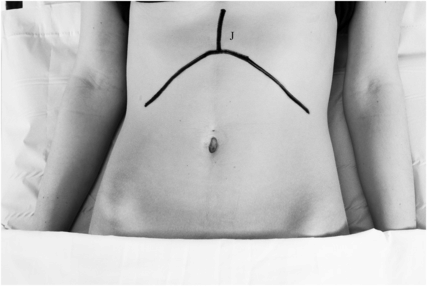






Midline laparotomy
Use: most widely used incision for exploring the abdominal cavity.
Xiphisternum to pubis incisions are used for major operations, giving access to all peritoneal, retroperitoneal and pelvic organs.
e.g. trauma laparotomies, open abdominal aortic aneurysm repairs and total colectomies.
Upper midline laparotomies (xiphisternum to umbilicus) are used for accessing the upper digestive tract, spleen and gallbladder e.g. perforated gastric ulcer.
Lower midline laparotomies (umbilicus to pubis) are used for accessing the lower digestive tract.
e.g. sigmoid colectomy.
Paramedian incision
Position: vertical incision through the anterior rectus sheath with lateral retraction or splitting of the rectus abdominis muscle.
Use: rarely used nowadays; for access to the duodenum, stomach, spleen or kidneys.
Battle’s incision
Rooftop/chevron incision
Position: bilateral oblique subcostal incisions that are joined subxiphisternally (bilateral Kocher’s incisions).
Stay updated, free articles. Join our Telegram channel

Full access? Get Clinical Tree


